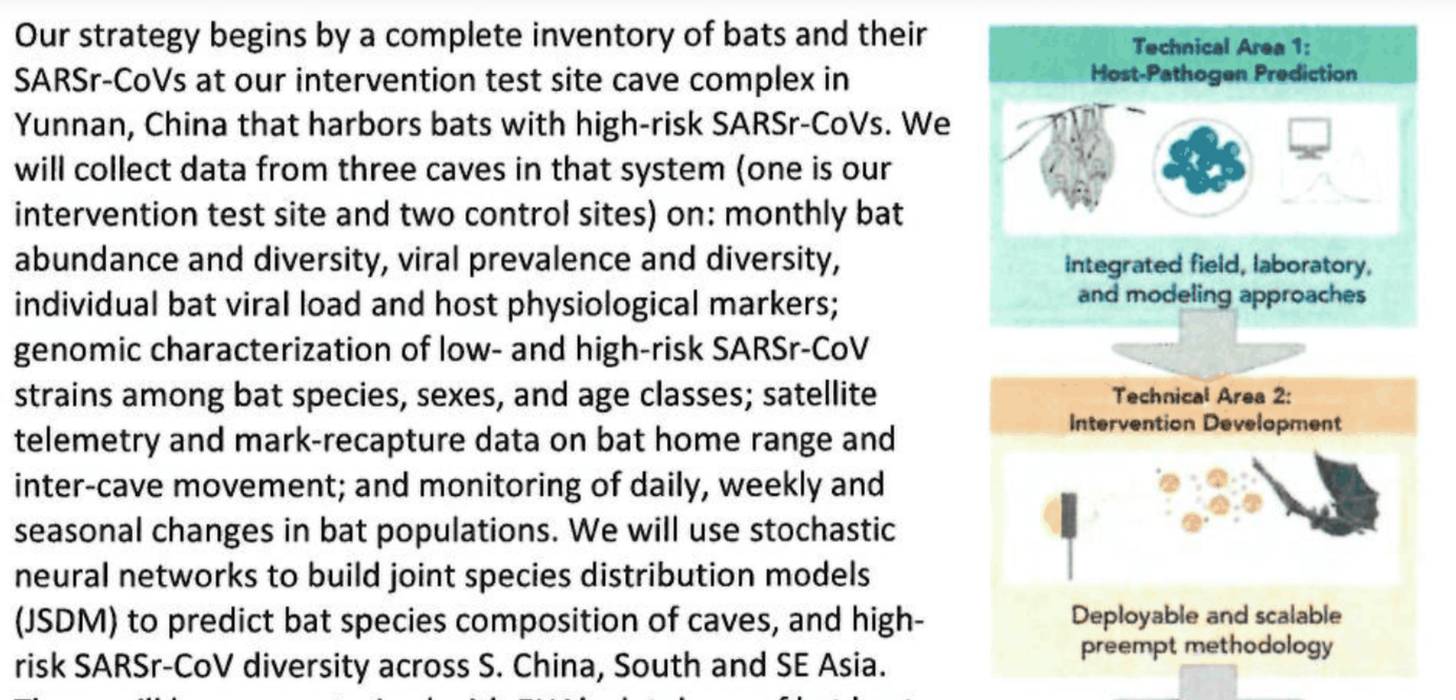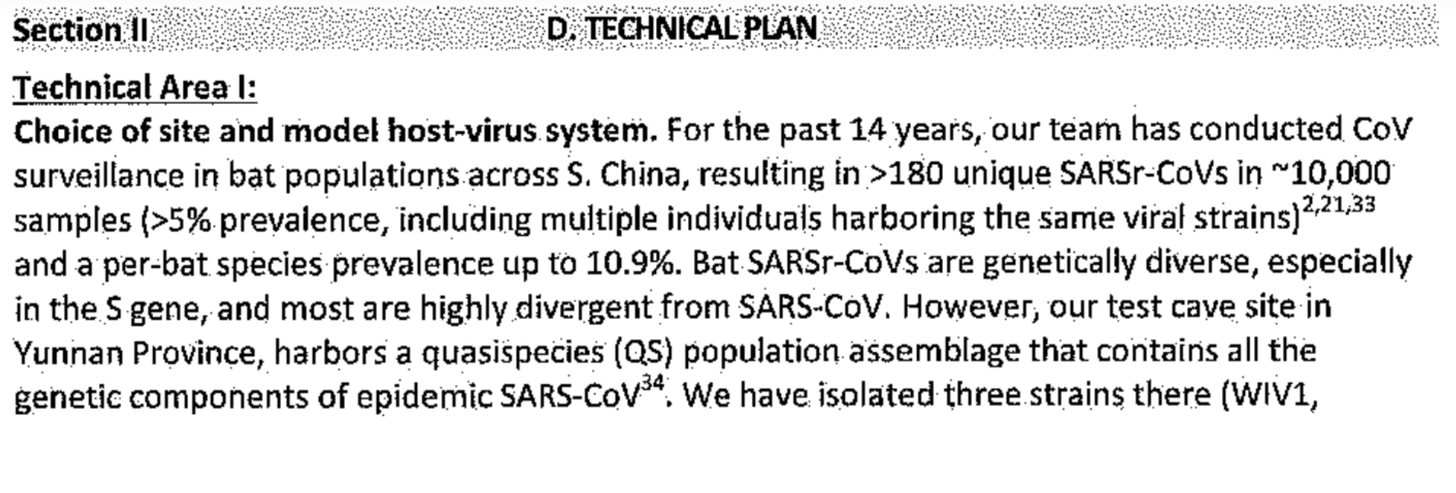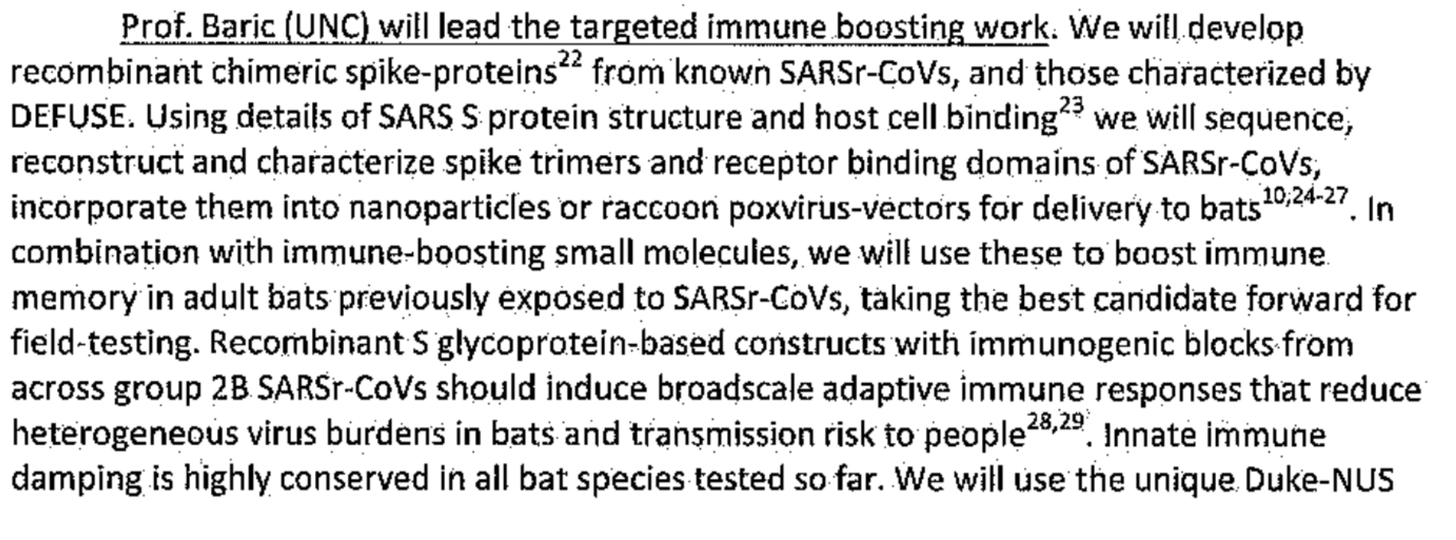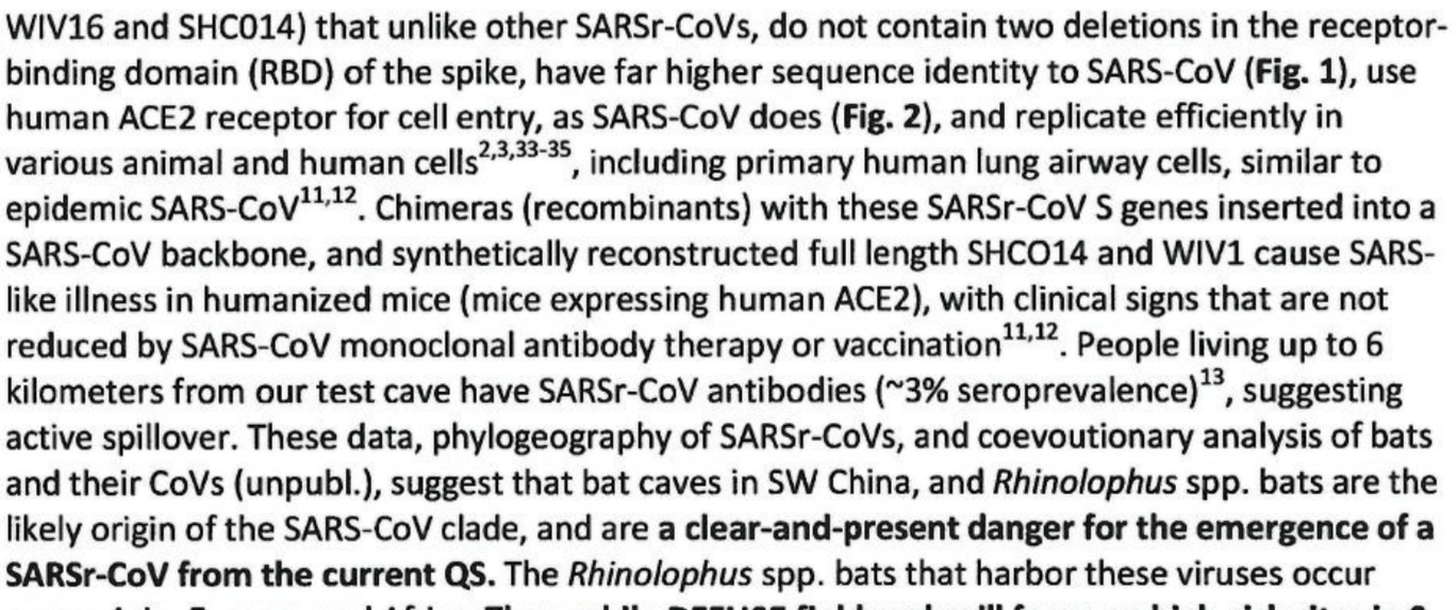From the original article on September 28, 2021. Author: eugyppius.
Viruses are simple replicators. They consist of only a few proteins, and their sole purpose is to multiply themselves. This simplicity has often deceived us. The last eighteen months have been a lesson in their complex, unpredictable, often clearly strategic behaviour. They are selected to interact with our habits, our cultures and our societies in ways that advantage their replication. Like all replicators, they have what Richard Dawkins would call an extended phenotype – a broader pattern of effects on their environment well beyond their specific interactions with host cells.
The extended phenotype of MDV, the alphaherpesvirus behind Marek’s Disease, encompasses not only the illness it causes in chickens, but the very vaccines we have developed against it. Through the brute force of its replication, MDV called these vaccines into being. In many ways they further MDV’s interests. They represent a great part of MDV’s genome, industrially produced by humans, and gene replication is all that the genome of MDV really wants. Still more, these vaccines, once they are given to chickens, allow MDV to operate at excessive rates of virulence and replication without killing its hosts. Humans copying MDV, preparing chickens to be more durable MDV hosts – this is all MDV’s extended phenotype, which has reconfigured our behaviour for its own benefit.
We can expand this theory of the extended phenotype to the point of absurdity. We can go all the way to conceiving of our present circumstances as the extended phenotype of SARS-CoV-1, which first infected humans in 2002. Of course, SARS-1 stopped replicating after just a few thousand hosts, but not before inspiring a whole program of research that, in the end, proved deeply advantageous to most of the SARS-1 genotype. Prominent virologists, entire governments and NGOs all fell under the mysterious spell of SARS, fantasising for years about its genes and embarking upon lunatic hunts for more SARS virions in remote Chinese caves. Ultimately, they succeeded in producing and releasing to the world an enhanced version of SARS, known today as SARS-2, which is 80% similar to the original SARS-1 genome. All those genes free to replicate widely once more.
This new virus has an extended phenotype of its own, of course. It has hypnotised our whole world. A vast part of our pharmaceutical industry now works for the virus, producing genetic instructions for its most critical anatomical feature, its masterpiece, the spike protein. Most of our governments want nothing more than to inject instructions for spike into all of mankind. Not only does our slavish replication of virus RNA represent a victory for SARS-2 in itself. As with MDV, putting instructions for legacy spike into the cells of billions of humans also facilitates spread in ways we did not anticipate and still do not fully understand. The worldwide public health establishment fought for a year to prevent the development of far more effective natural immunity to SARS-2, thus ensuring a clear path for the insane spike protein injections and their infection enhancements. And then there is all of the worshipful research on SARS-2, ever eager to cede this virus ominous and magical properties. From top to bottom, this is the behaviour of the extended SARS-2 phenotype.
If you think this is taking things too far, consider the grant proposal that the notorious EcoHealth Alliance, headed by Peter Daszak, submitted to DARPA in 2018. These are the American NGO collaborators with the Wuhan Institute of Virology, and the proposal provides a direct window onto the program of research that gave us second-edition new-and-improved SARS. The proposed “research” involves activities so obviously reckless that they border on evil: Relentless bat sampling in Yunnan caves thought to be the approximate origin of SARS, creating chimeric SARS-related coronaviruses optimised to infect humans, introducing these optimised viruses to humanised mice so they might actually infect cells, spraying aerosolised spike proteins or virus vectors into caves to “boost” bat immunity – these and more are what the scientists associated with EcoHealth Alliance proposed to do. It is at base a bizarre scientised worship of SARS and its replication, and beyond that an effort of the lingering extended phenotype of SARS-1 to resurrect itself in some form and return to human hosts. It succeeded.
The DRASTIC researchers who released the leaked proposal have their own commentary, and I encourage you to read it. What follows is merely an overview of five astounding moments.
As of 2018, EcoHealth Alliance and their collaborators had established operations at three high-risk caves in Yunnan. Bats whose viruses had never bothered anyone but a few locals before (with the arguable exception of the SARS outbreak itself) were now constantly in contact with researchers intent on extracting their viruses and enshrining these pathogens in a city laboratory 1800 kilometres away.

The EcoHealth Alliance people were engaged in constant, constant sampling of bats with SARS-related coronaviruses.

Since 2004 (“For the past 14 years…”) they had in fact sampled enough bats to yield over 180 unique SARS-related coronaviruses. As the DRASTIC guys note, very little of this work seems ever to have been published.

They are insane spike protein fetishists:
We will develop recombinant chimeric spike-proteins from known SARSr-CoVs … Using details of SARS S protein structure and host cell binding we will sequence, reconstruct, and characterize spike trimers and receptor binding domains of SARSr-CoVs, [and] incorporate them into nanoporticles or raccoon poxvirus-vectors for delivery to bats.


They planned to analyse SARS-related coronavirus gene sequences, on the lookout for “potential furin cleavage sites” – one way to optimise them for infecting humans. SARS-CoV-2, as everybody knows, has a highly suspicious furin cleavage site. In viruses lacking such sites, they propose to “introduce human-specific cleavage sites and evaluate growth potential in Vero cells and HAE cultures.”

There’s much more, and again, you should read it for yourself. If this is not the virus phenotype, it’s the human phenotype, and in many ways that’s the much more ominous view.
Library of Chadnet | wiki.chadnet.org